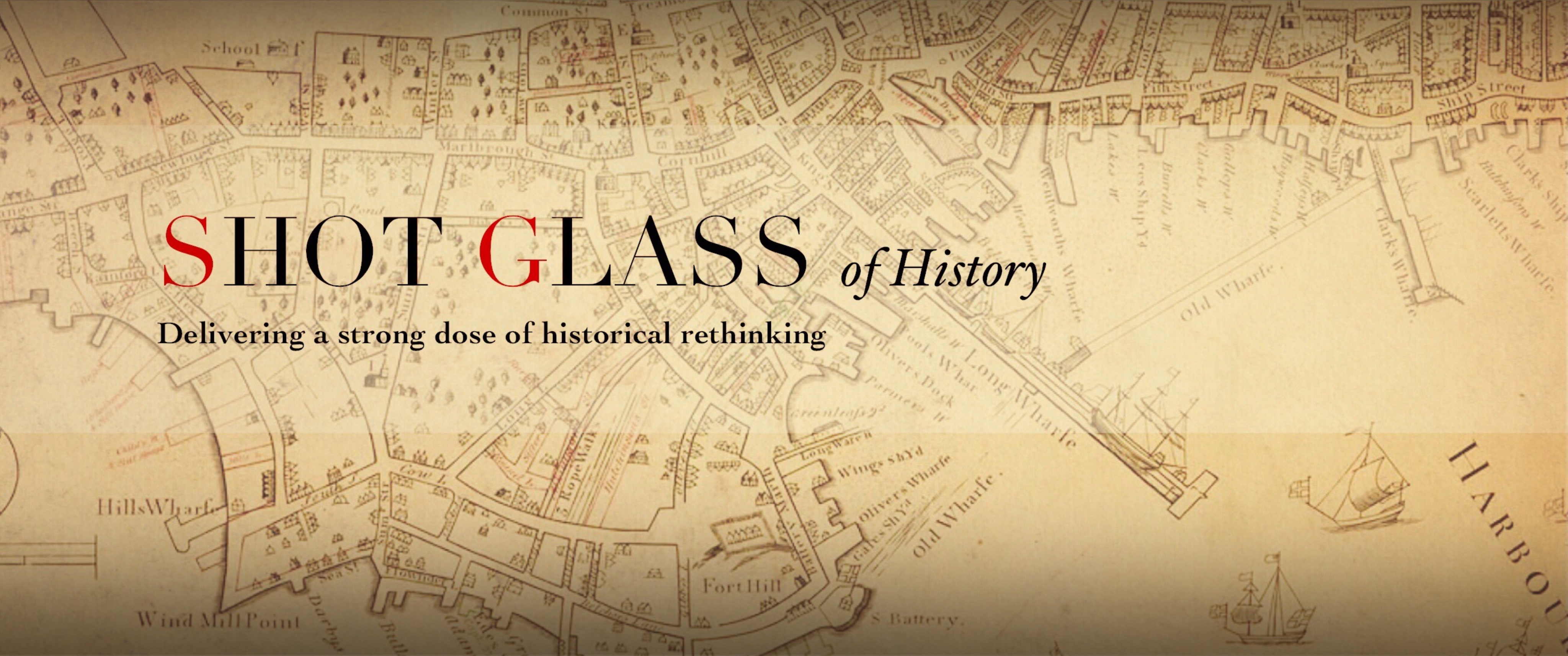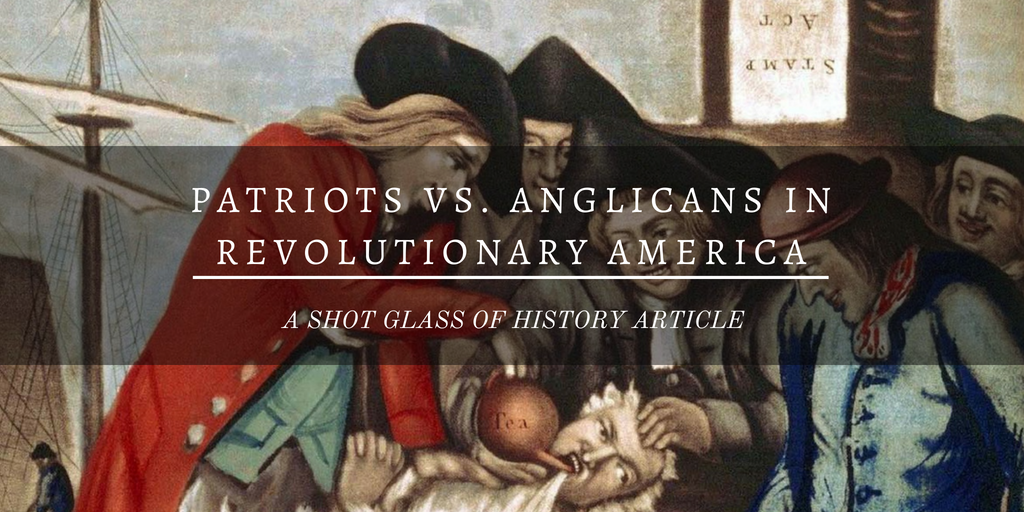Scars of Independence: America’s Violent Birth
BY HOLGER HOOCK
BROADWAY BOOKS, 576 PAGES, $13.89
–
While the American Revolution was not necessarily a religious war, adherents to particular religious denominations often fell more predominantly on one side of the conflict versus the other. Religion had been a key player in the violent civil wars that had just recently wracked Britain, and in the 18th century American colonialists were well aware of the religious tensions that they had inherited. Nowhere was this more evident than in Patriot treatment of High Church Anglicans. In his book, Scars of Independence, Holger Hoock recounts how before war even broke out, colonial Patriots established Committees of Safety to investigate and root out individuals suspected of disloyalty to the Patriot cause. And chief among the groups singled out by these committees as potential counterrevolutionaries, were members of High Church Anglican congregations.
While it is true that not all Anglicans remained loyal to the King, there was a disproportionate number of them that pushed back against the Patriot cause, and so found themselves the victims of revolutionary violence. Hoock records individual tales of people like Reverend Ebenezer who was waylaid and shot at while on his way to attend a funeral, and was eventually forced to flee the country due to the violent threats directed at him. One reverend who refused to stop praying for the King had an angry mob seize him half-way through a worship service, haul him in front of his church, and threaten to cut out his tongue and kill him. All across the colonies Anglicans found themselves branded as social pariahs by communities that were often largely Congregationalist or Presbyterian.
Patriot crowds smashed the windows of Anglican churches. They stripped the interiors of houses of worship and poured bottles of rum over altars. Priests were hauled from their pulpits or had objects hurled and bullets fired at them mid-sermon. Some mobs tarred and feathered priests or marked them with the sign of the cross, using a “mop filled with excrements, in token of their loyalty to a king who designed to crucify all the good people of America.” Many a cleric was eventually banished, had his property confiscated, or was imprisoned for months or even years. By 1776, several clerics had died as a result of their abuse at Patriot hands or due to the harsh conditions of their imprisonment. (Hoock, Scars of Independence, p. 40)
This division within the colonies led to an intense civil conflict as the war progressed. As another author, Kevin Phillips, describes in his monumental work, The Cousins’ Wars:
The depth of hostility to the Tories, northern and southern, produced an emigré outpouring far exceeding that from Revolutionary France a decade later. The roughly 100,000 loyalists who fled the United States between 1775 and 1784 constituted some 4 percent of the total population. France, by contrast, lost 30,000 out of 15 million, well under 1 percent of the entire nation. Some 70,000 of the Americans who left were Anglicans. (Phillips, The Cousins’ Wars, p. 322)
The American Revolution may not have been a religious war, but a huge portion of the two sides of the colonial civil war of the 1770s were very nearly drawn along religious lines.

